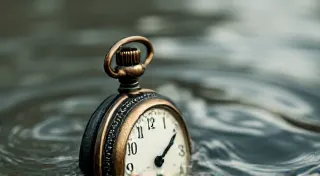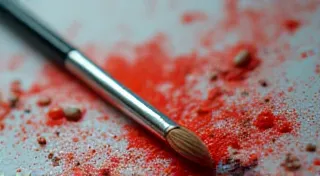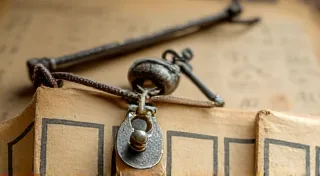The Ephemeral Bloom: How Fashion Trends Shaped Antique Doll Aesthetics
There's a particular magic in holding an antique doll. It’s not merely the smooth, aged porcelain, nor the delicate painted features. It’s the echo of a past life, a miniature reflection of a time when craftsmanship was an art form and toys were treasured heirlooms. And if you truly want to understand the story embedded within a doll, you must look at its clothing – for these garments are a fleeting window into the ever-shifting landscape of fashion.
My own fascination with antique dolls began not with their faces, but with their dresses. As a child, I'd spend hours meticulously examining the tiny seams, the intricate lace, the faded ribbons. Each stitch told a silent tale of dedication, a miniature drama unfolding in silk and cotton. It’s a testament to how deeply intertwined toy history and fashion history are, and it’s a fascinating field for those wanting to delve deeper into the societal fabric of past eras—an exploration similar to what one might find in Echoes of Childhood: The Societal Tapestry Woven into Victorian Dolls.
The Regency Era: Empire Waist and Grecian Influence
The late 18th and early 19th centuries, the Regency era, witnessed a dramatic shift in fashion, heavily influenced by archaeological discoveries of Grecian and Roman artifacts. The restrictive corsets and elaborate gowns of the previous century gave way to flowing, high-waisted dresses in lightweight fabrics like muslin. This aesthetic was swiftly adopted by dollmakers. Antique dolls from this period are instantly recognizable by their simple, elegant gowns, often white or cream-colored, with short sleeves and a distinctive empire waistline. The dolls became miniature echoes of the fashionable ladies gracing ballrooms and promenades.
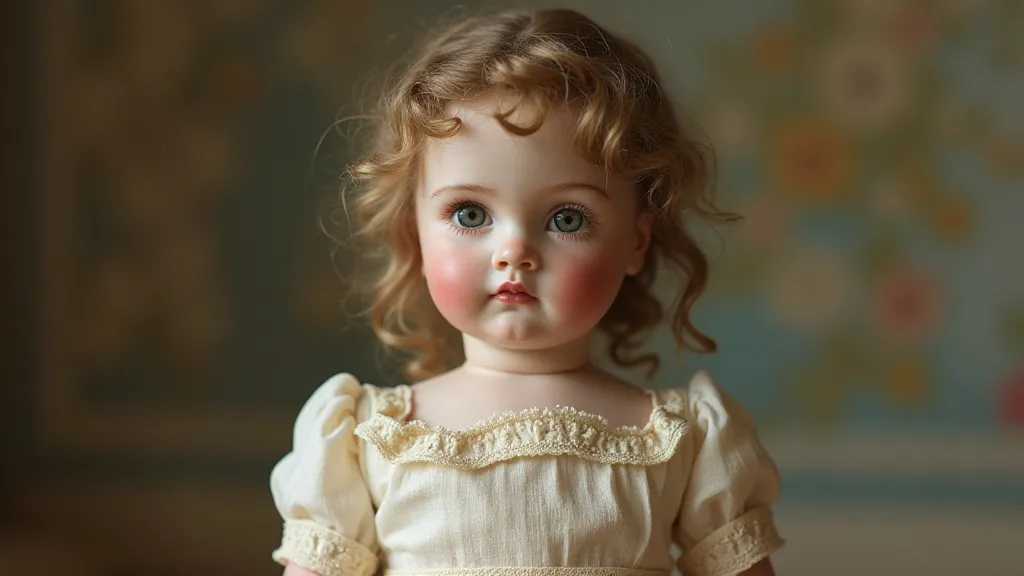
These early dolls were often dressed by the dollmakers themselves, but as collecting grew, mothers would also dress their children's dolls, sometimes even replicating their own wardrobes. The sheer skill required to create these miniature garments, perfectly mirroring the styles of the day, is astonishing. Consider the tiny pleats, the precisely sewn lace – each a labor of love.
The Victorian Era: Layers, Ornamentation, and Growing Complexity
The Victorian era (1837-1901) saw a dramatic escalation of fashion complexity. The romantic, flowing lines of the early 19th century were gradually replaced by more structured silhouettes, elaborate ornamentation, and a bewildering array of accessories. Early Victorian dresses featured wider skirts, while later years embraced crinolines and bustles, creating increasingly exaggerated shapes. This, naturally, was reflected in doll clothing. Antique dolls from the mid-Victorian period are often found in brightly colored gowns with multiple layers of petticoats, intricate trims, and even tiny bonnets.
The introduction of synthetic dyes during this period allowed for a riot of color, and doll dresses exploded with floral patterns, stripes, and geometric designs. The craftsmanship remained exceptional. Think of the painstaking detail required to apply tiny seed beads, create miniature ruching, or hand-stitch rows of delicate lace. These weren’t just toys; they were miniature works of art, often passed down through generations, each gown representing a specific moment in fashion history. This dedication to detail resonates through many aspects of antique dolls, something frequently discussed when considering Lost in Amber: Preserving the Fragility of Antique Doll Accessories. The meticulousness required to produce even a single bonnet or pair of shoes highlights the broader significance of these items.
Interestingly, the rise of mass production in the latter half of the Victorian era also began to influence doll clothing. While high-end dolls continued to be dressed in meticulously hand-sewn garments, more affordable dolls were often clothed in factory-made dresses, although even these often bore witness to a skilled hand in their finishing and embellishment.
The Edwardian Era: The "S-Bend" Silhouette and the Gibson Girl
The Edwardian era (1901-1910) witnessed a shift towards a more graceful and idealized feminine silhouette, epitomized by the "Gibson Girl," a Charles Dana Gibson illustration that defined the era's aesthetic. Dresses became more fitted at the hips and flared out over the legs, creating an "S-bend" shape. Antique dolls from this period are characterized by their high-necked, long-sleeved gowns, often adorned with delicate embroidery, ribbons, and lace. The look was one of refined elegance, a marked departure from the more flamboyant styles of the Victorian era.
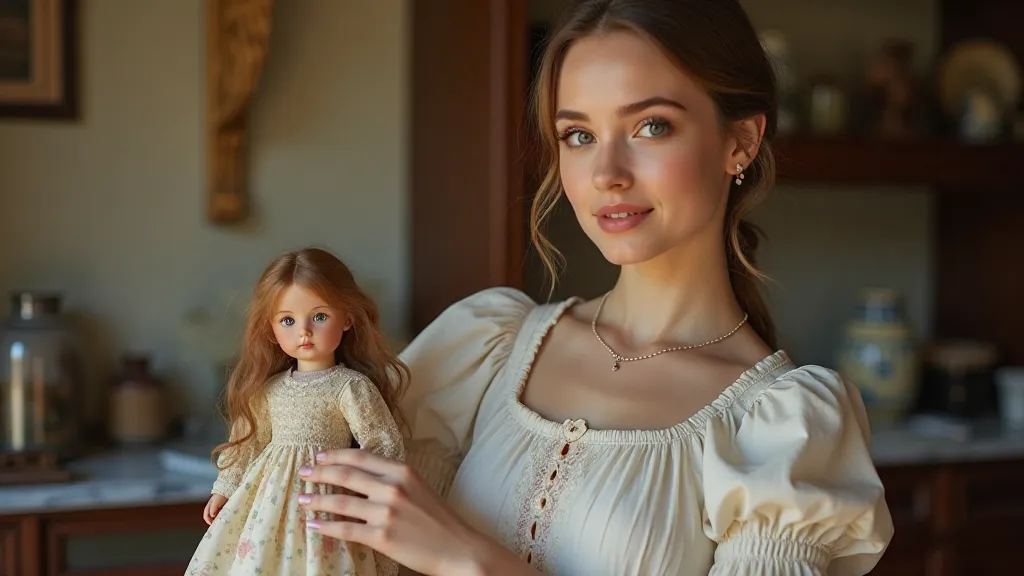
The focus on elaborate hats and hairstyles also influenced doll fashion. Miniature hats, bonnets, and hairpieces became essential accessories, further enhancing the dolls’ resemblance to fashionable ladies. Collectors prize these accessories as much as the dresses themselves, as they provide a more complete picture of the era’s aesthetic. The aura surrounding these artifacts contributes to the feeling of nostalgic connection that collectors often experience – a phenomenon that deserves further examination, as explored in The Gaze of Porcelain: Unmasking Nostalgia in Doll Collecting.
The 1920s and Beyond: Flapper Dresses and Shifting Styles
The 1920s brought a radical transformation in fashion, with the rise of the flapper dress – short, loose-fitting, and often adorned with beads and fringe. Antique dolls from this period are instantly recognizable by their short, dropped waists and youthful, carefree appearance. The subsequent decades saw a dizzying array of styles, from the elegant bias-cut gowns of the 1930s to the full skirts and poodle skirts of the 1950s – each influencing the fashions of collectible dolls. The intricate beadwork found on many 1920s dresses, for instance, required considerable skill, and its preservation is paramount to maintaining the historical integrity of these dolls.
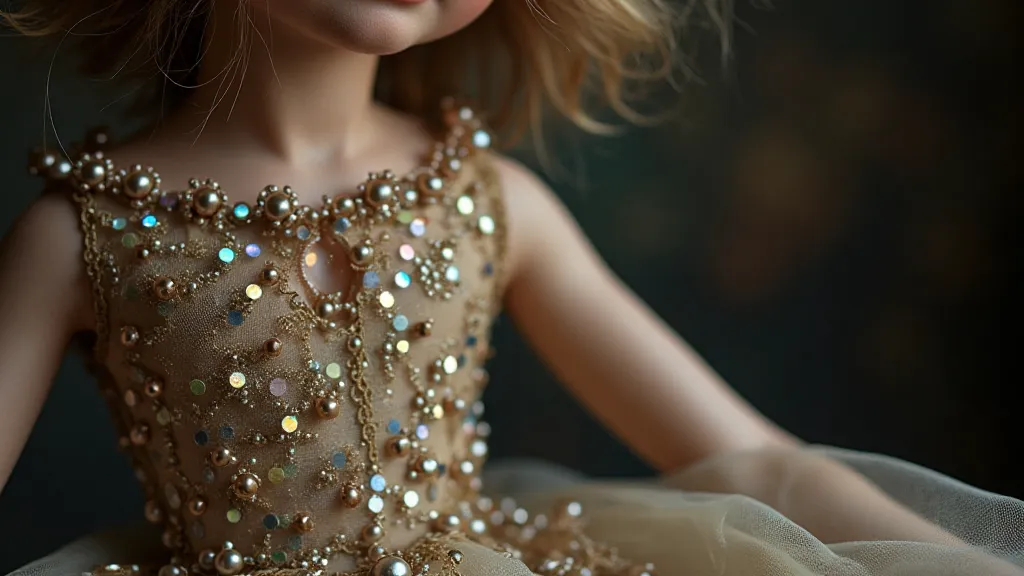
Examining antique doll clothing isn’t just about appreciating the beauty of the garments themselves. It’s about understanding the social, economic, and cultural forces that shaped fashion throughout history. Each stitch, each ribbon, each tiny embellishment tells a story – a story of craftsmanship, ingenuity, and the enduring power of fashion to reflect and shape our lives. The ephemeral bloom of each fashion trend leaves its mark, beautifully preserved on these miniature masterpieces. It’s a privilege to hold these tiny echoes of the past, and a constant reminder of the artistry and creativity that have defined generations.
For those interested in preserving these treasures, careful storage and gentle handling are key. Avoid direct sunlight and extreme temperatures, and consider using acid-free tissue paper to protect delicate fabrics. Restoration attempts should be undertaken with caution, as improper cleaning or repair can damage the original materials. The goal is to preserve the doll’s integrity, allowing future generations to appreciate the beauty and historical significance of these remarkable artifacts. Understanding the markings and stamps found on antique dolls is also crucial for proper identification and provenance research, as discussed in The Silent Storytellers: Decoding the Markings on Antique Dolls. These markings, often overlooked, can provide invaluable insights into the doll's origin, maker, and potential value.

